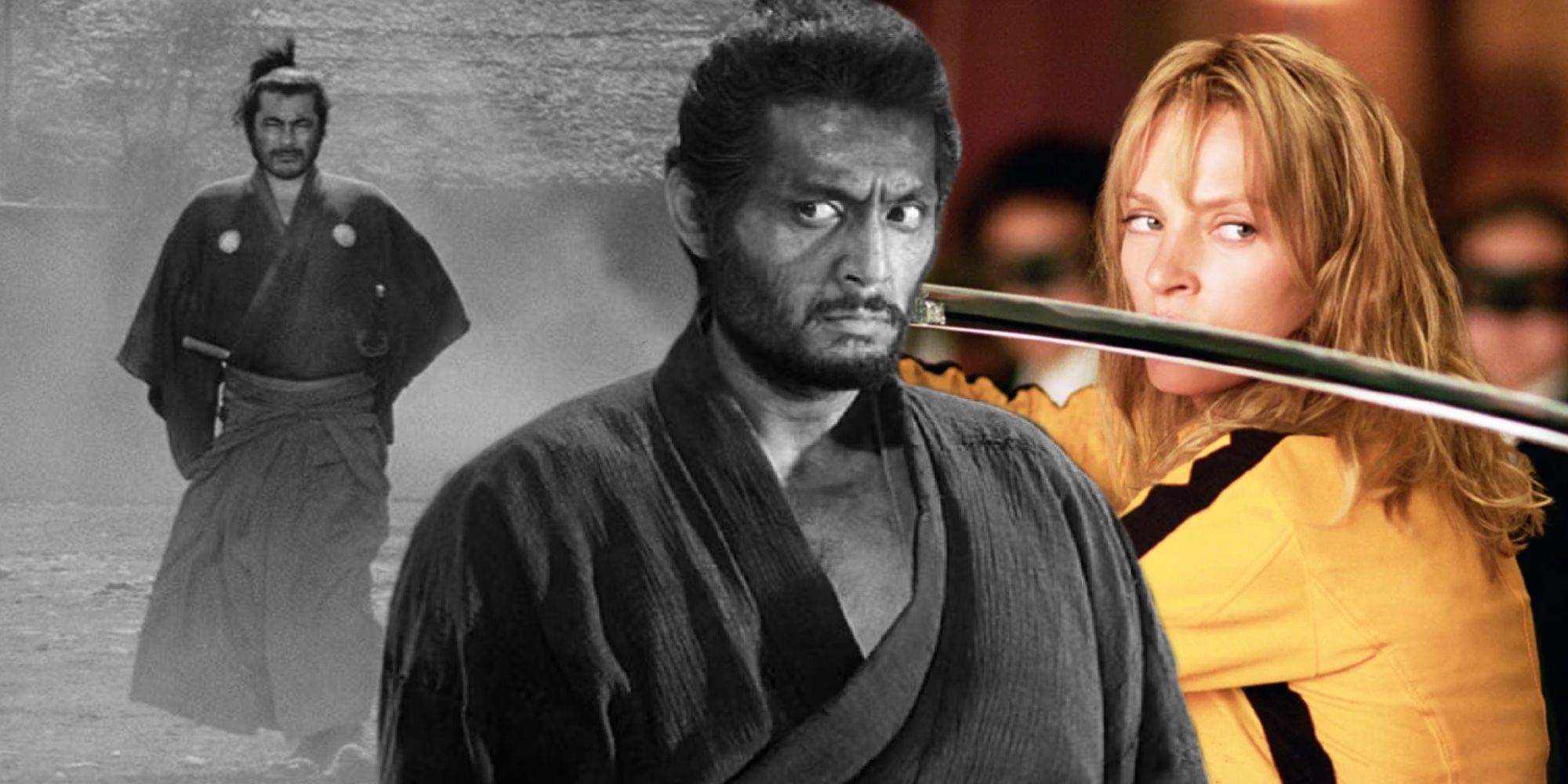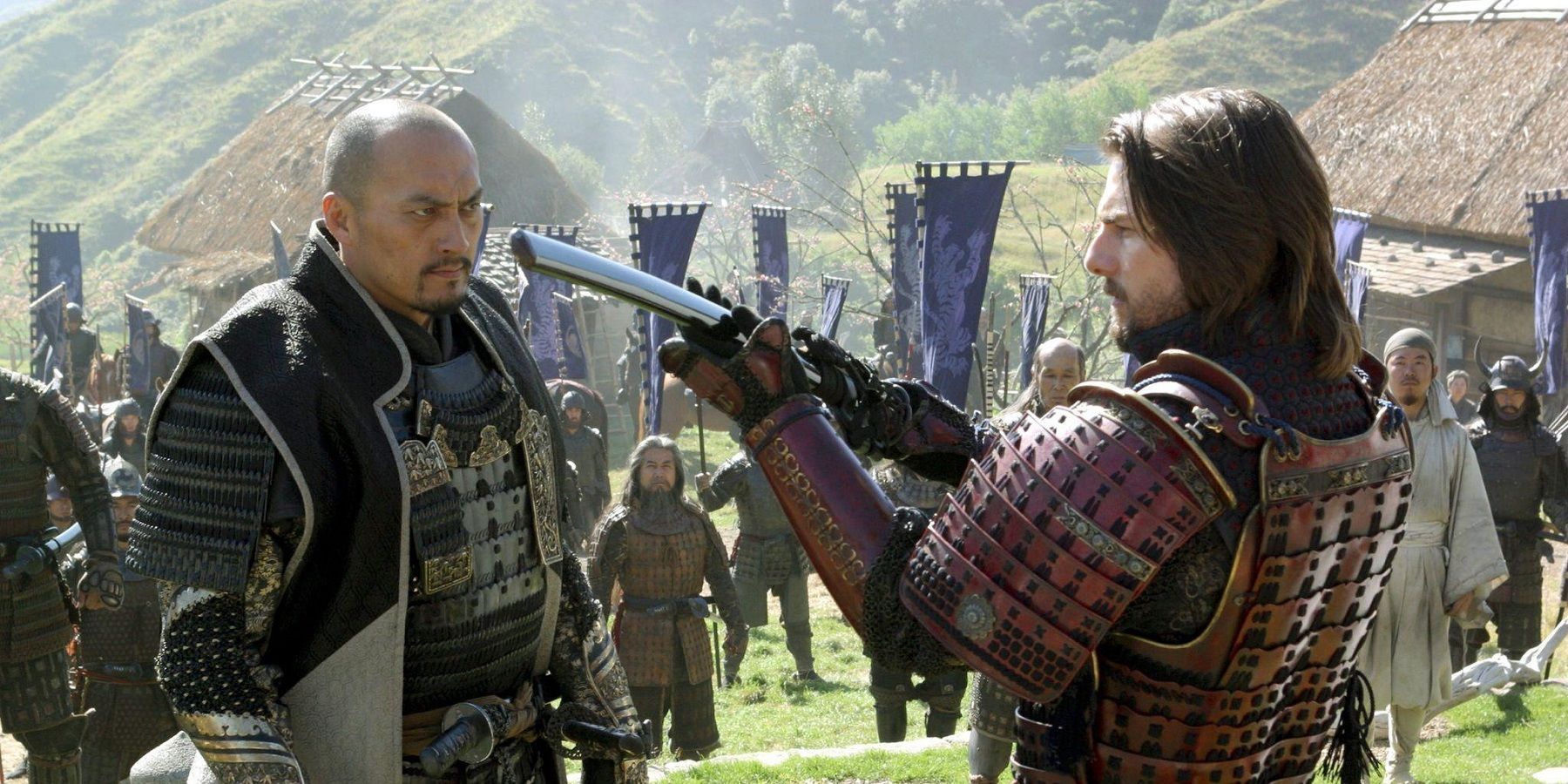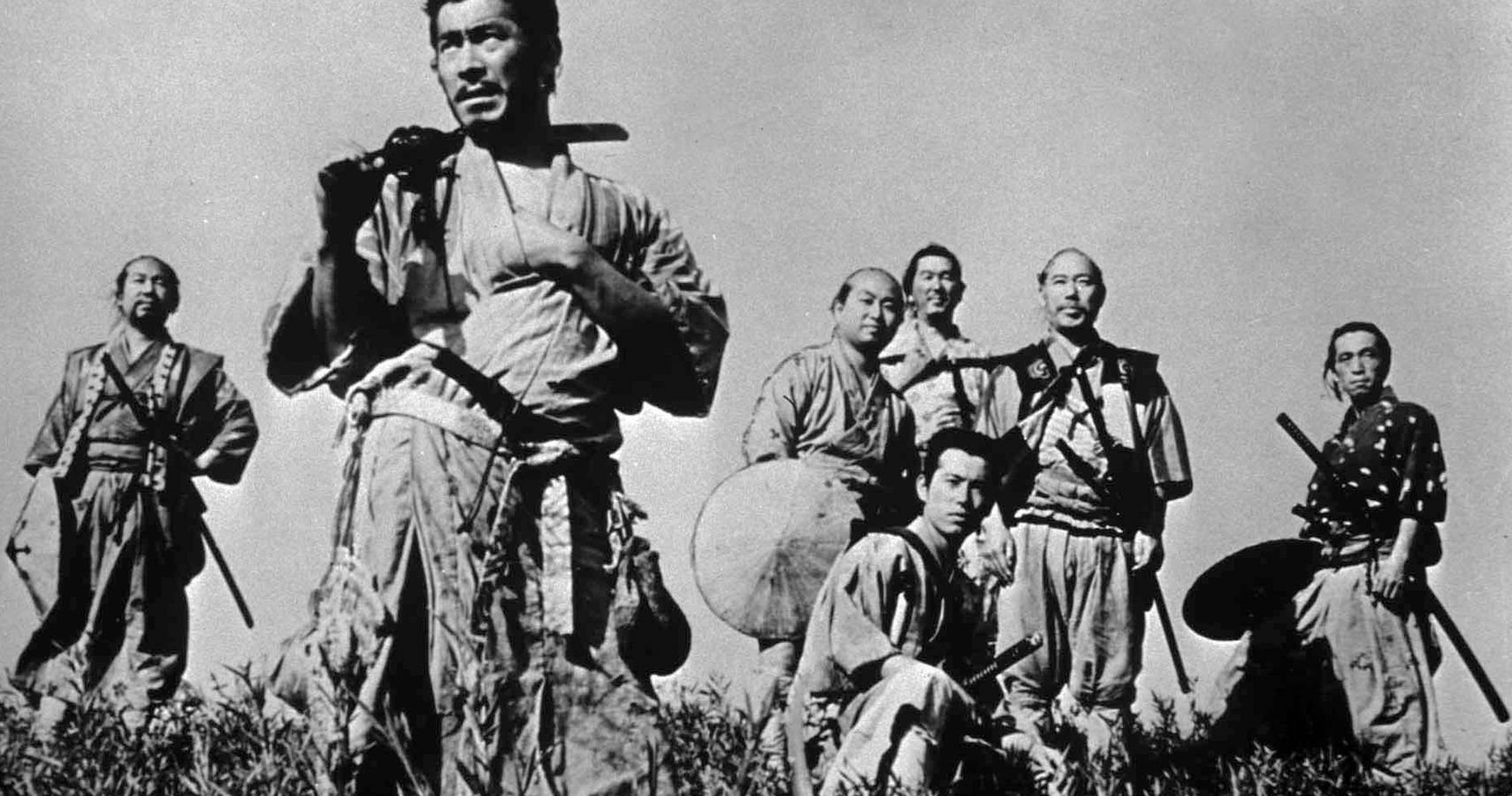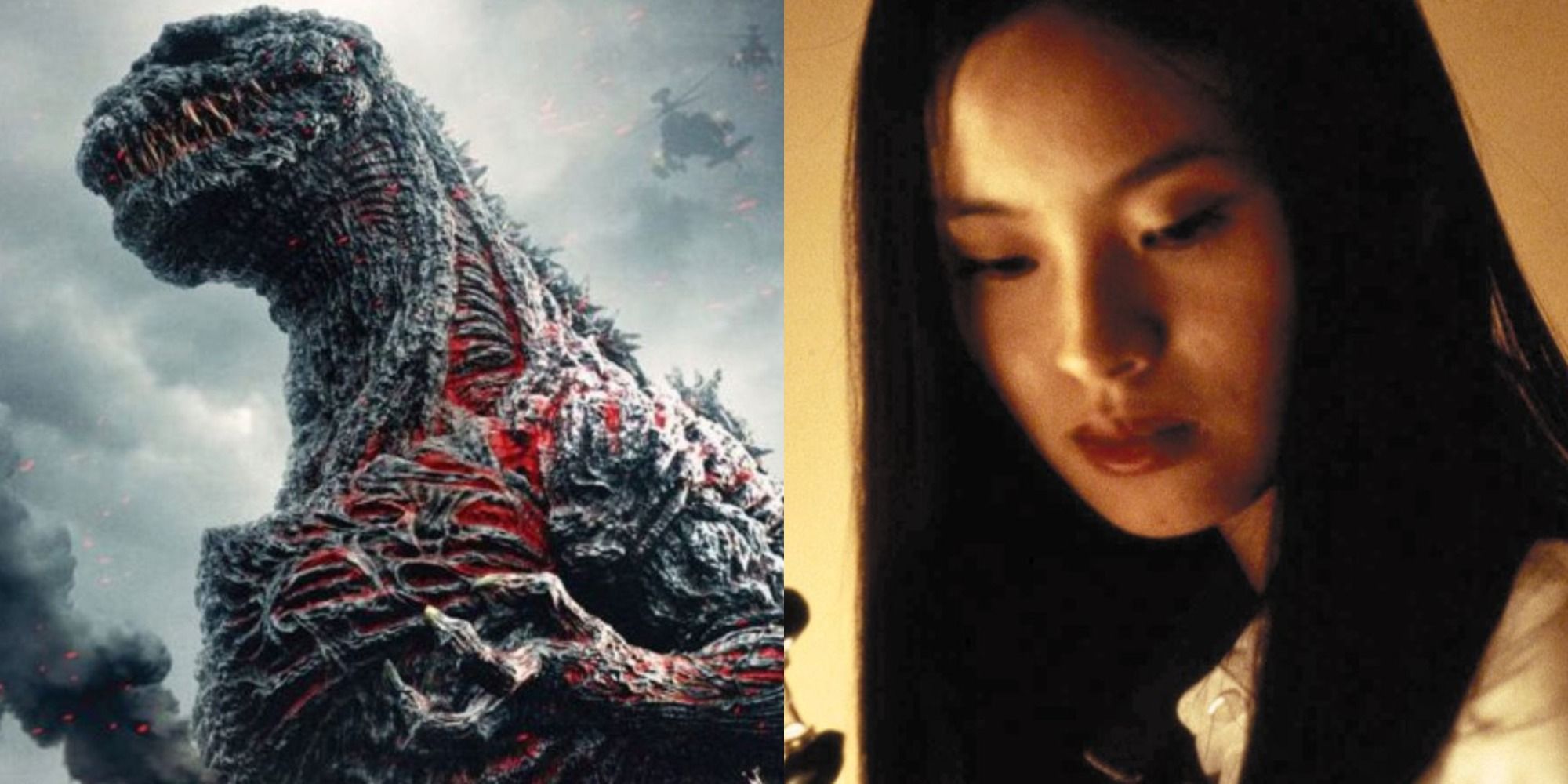The Last Samurai
Summary
The Last Samuraitrue story adds a spate of context to the Tom Cruise period drama . The movie chronicles a real - life Japanese insurrection from the nineteenth hundred but fictionalizes several historic event and people . The Edward Zwick drama receive four Oscar nominations upon its 2003 release and has trigger debates over the years about its subject matter and White Savior tale . So , how much of the story is real , and how much of the true story was changed forThe Last Samurai ?
The Last Samuraistars Tom Cruiseas Nathan Algren , a member of the U.S. Army ’s 7th Cavalry Regiment who serve during the American Indian Wars . Algren is inscribe to train the Japanese Imperial Army to fight against the samurai rebellion , led by Lord Katsumoto Moritsugu ( Ken Watanabe ) . The two develop respect and admiration for each other as Algren determine the mode of the samurai and join Moritsugu ’s forces in their terminal battle . However , the reality ofThe Last Samuraitrue storyis complicated .
The Last Samuraiis currently unavailable to stream , but can be purchased and rented from platforms such as Apple TV and Amazon Prime Video .
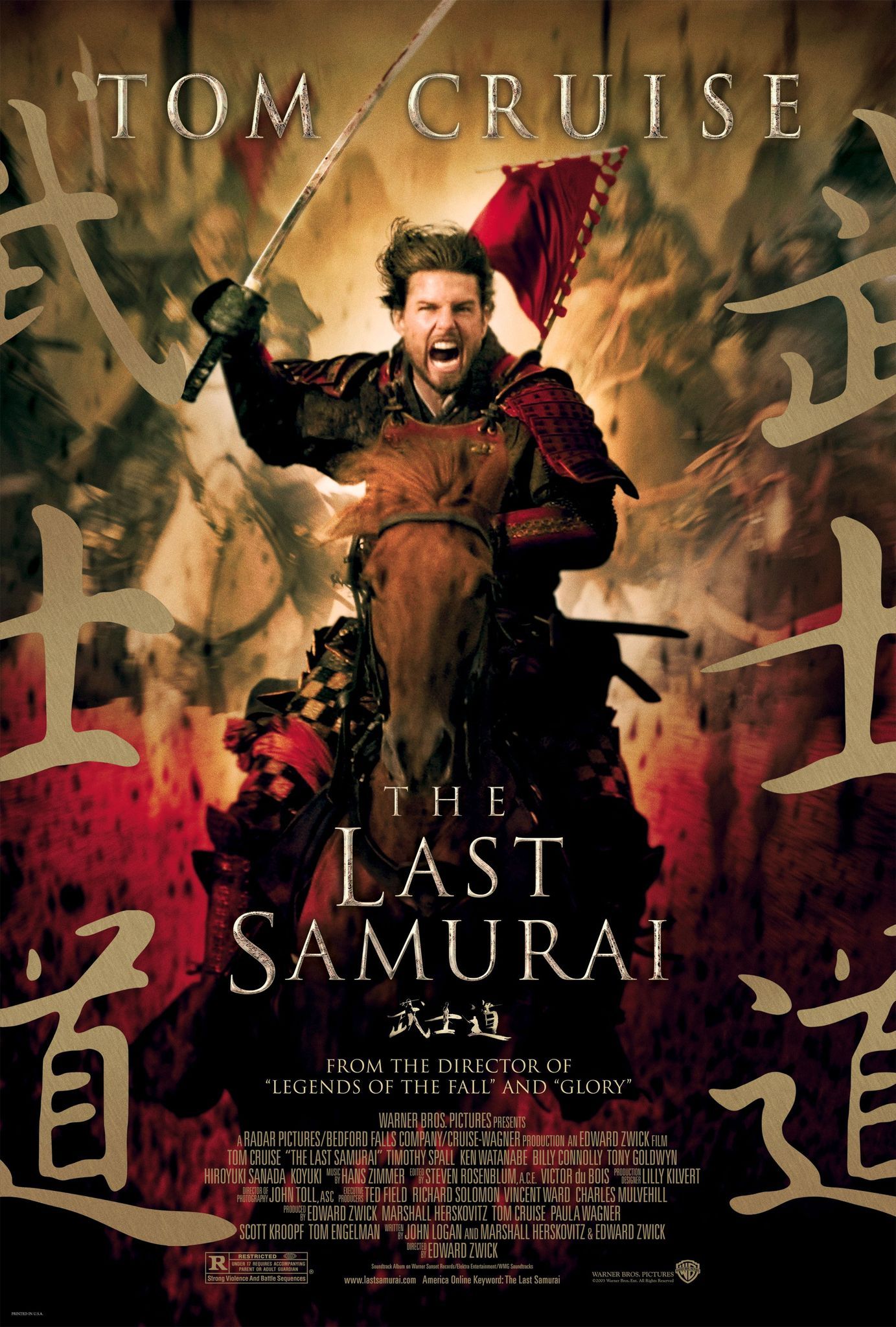
Japanese movie maker Akira Kurosawa is well known for his nine extremely influential samurai movies , including Ran and Yojimbo , but which one is his effective ?
Was Katsumoto Moritsugu a Real Person?
Ken Watanabe’s The Last Samurai Character Is Based On Saigō Takamori
The Last Samurai’sKatsumoto Moritsugu isbased on the iconic Nipponese samurai Saigō Takamori . In real biography , Saigō ab initio led the Imperial forces and gain ground the four - day Battle of Toba – Fushimi in January 1868 . By 1877 , he sided with rebel forces and fought in what ’s now known as the Satsuma Rebellion . Saigō was defeated and killed at the Battle of Shiroyama , which is the divine guidance for the terminal prolonged struggle episode inThe Last Samurai(and thus part of the unfeigned story ) .
Samurais are some of the greatest warriors in movies . However , not all of them are honest at their Book of Job .
Who Nathan Algren Is Based On
A French Army Officer Inspired Tom Cruise’s The Last Samurai Character
Tom Cruise ’s character inThe Last Samuraiisn’t based on the true story of an American soldier but is inspire by thereal history of a French Army police officer named Jules Brunet . In 1866 , Brunet was sent to Japan to civilize military forces and at long last fought in the Boshin War after refusing orders to return home . In 1867 , military authoritarian Tokugawa Yoshinobu resigned , leading to the death of a Shogun - centrical cosmos in Japan and spurring the Meiji Restoration under the 14 - year - old Emperor Meiji .
The character ’s real - life-time breathing in , Brunet , served during the Second Franco - Mexican War .
WhereasThe Last Samurai’sAlgren previously participated in both the American Civil War and the American Indian Wars , the character ’s real - life inspiration , Brunet , served during the Second Franco - Mexican War . He later achieved the social rank Général de Division and wait on France until 1899 .
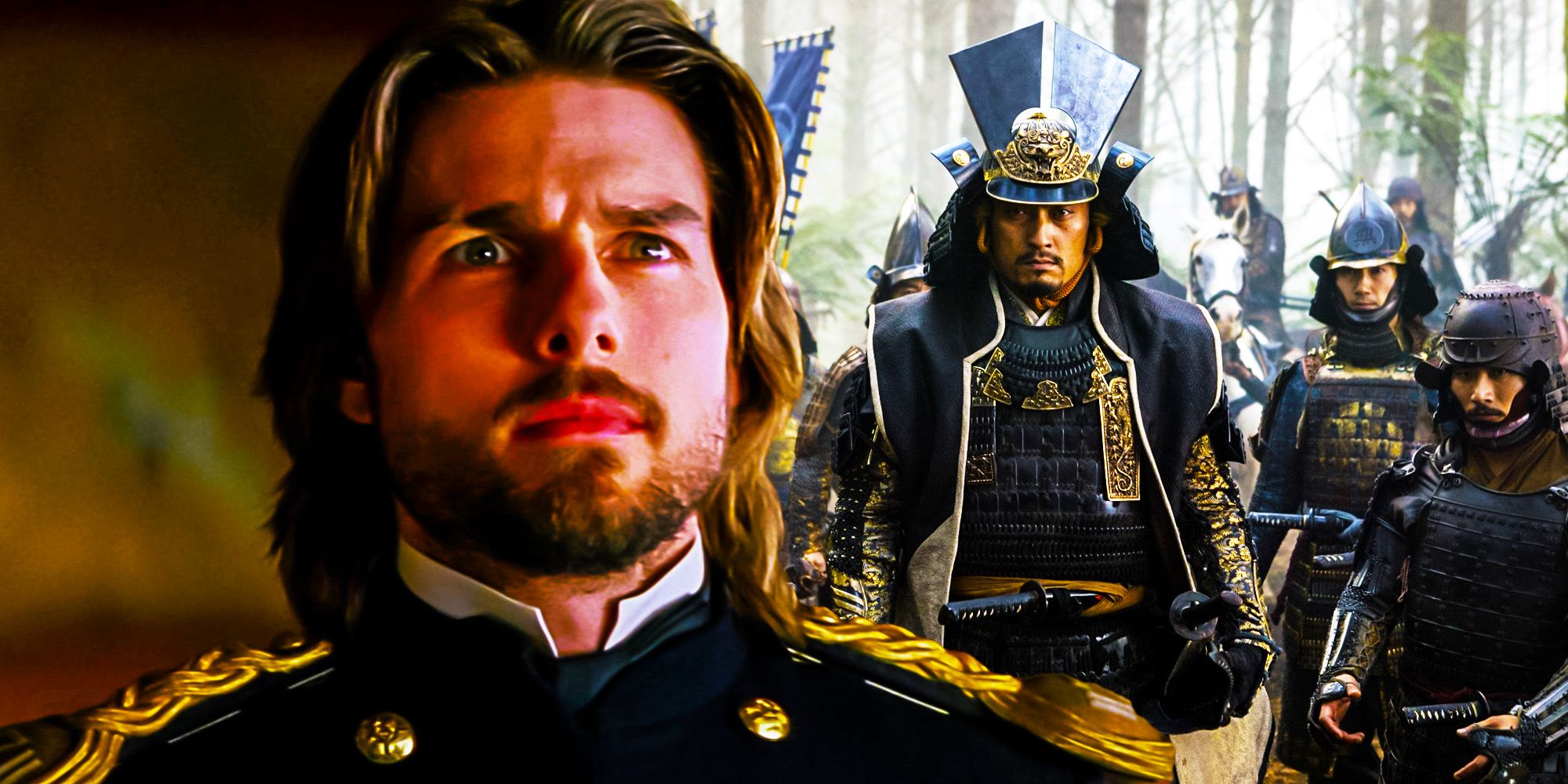
Samurai films have been a huge inspiration for a net ton of filmmakers , but what are Japan ’s skilful samurai picture show establish on Rotten Tomatoes score ?
What The Last Samurai Gets Right About Japan’s Meiji Restoration
Despite Being A Fictional Story, The Last Samurai Is Surprisingly Accurate
The Last Samurai ’s timeline is mostly accurate to the true floor of history . When Algren go far in Japan , the real - life Brunet would also have been get to civilize Nipponese soldiers . Also , according to historians , the costume and overall product are spot - on . In general , The Last Samurai’spremise is historically precise . Japan was undergoing major ethnic changes during the late 1860s , and the Emperor was indeed regarded as a"living God . "
In the span of a decennium , rebels fight to continue the old fashion of life but were finally get the better of . Incidentally , samurai finish terminate with the fail Satsuma Rebellion , and the right to wear a katana sword in world was abolished . And so , five percent of the Japanese population — samurais — were forced to accommodate .
In substantial life , various events spread out over a decade , but for pacing purpose , The Last Samuraihas an constitutional feeling , almost like it is taking place within a short period .
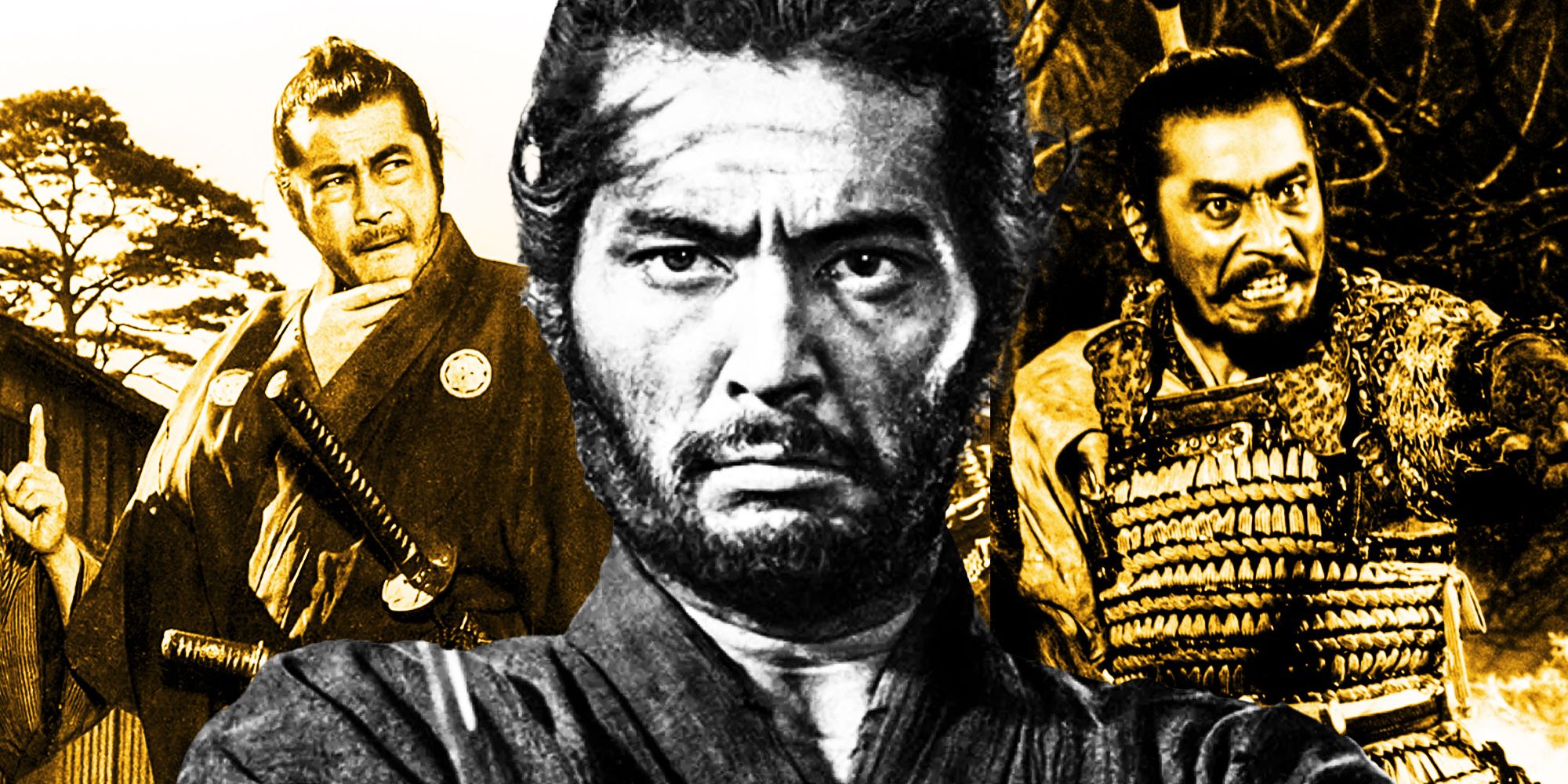
The Last Samurai is a historic epic directed by Edward Zwick, starring Tom Cruise as Captain Nathan Algren, a disillusioned American military officer who finds himself in Japan. Tasked with suppressing the Samurai rebellion, Algren is captured and ultimately assimilates into their way of life. In doing so, he gains profound insights into their culture and honor. The film explores themes of conflict, identity, and cultural transformation in late 19th-century Japan.
For practical role , director Edward Zwick simplifies the Meiji Restoration inThe Last Samurai . Katsumoto and Algren make up Samurai traditions , while Mr. Omura embodies contemporaneity . Emperor Meiji is used in the film to show how progressiveJapanese culture was tempt by Western construct . It all builds to a battle of good vs. bad , which is essentially a stand - in for the Satsuma Rebellion .
In material life , various events unfolded over a decade , but for pace purposes , The Last Samuraihas an constituent feel , almost like it is taking situation within a short period . For interview clearness , Tom Cruise ’s tale identifies specific date , with the net 1877 battle aligning with the real - life 1877 Satsuma Rebellion .
Some of Tom Cruise ’s best movies of his vocation are natural action films , making his all - time list of the genre electronic jamming - packed with classics from major theatre director .
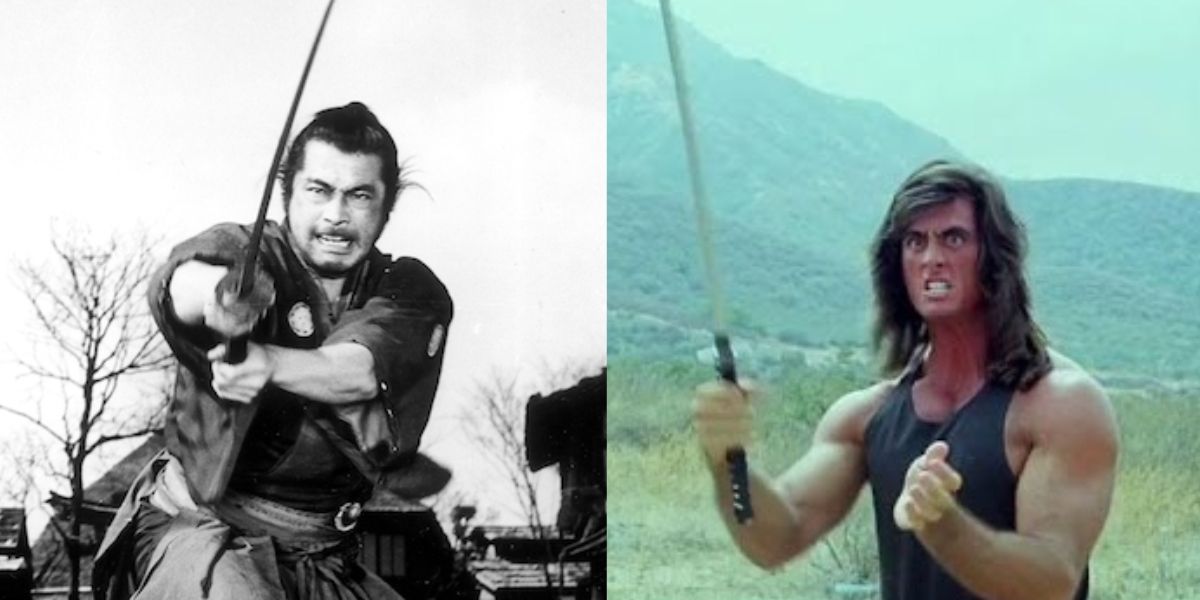
Is The Last Samurai’s Story Real?
The Tom Cruise Samurai Movie Blends Elements Of History To Create A Fictional Tale
The Last Samuraiis based on real effect , butthe storyline involving the chief theatrical role is fabricatedrather than faithful to the dependable story . For example , Ed Zwick and companionship Americanise the storyline , with Cruise work the disembodied spirit of Brunet ’s story to the big screen . For another audience hooking , the screenwriters link Alpern to General George Custer and repeatedly cite the famous military leader to better understand the timeline .
Cruise ’s lineament even states that Custer"fell in sexual love with his own legend . "
Cruise ’s fibre even say that Custer"fell in love with his own legend,“an ironic railway line given Hollywood ’s narrative twist on the Japanese - Gallic source material . For one more level of thematic approachability , Algren explains Hellenic history to Katsumoto by citing the Battle of Thermopylae ( the assumption for Zack Snyder’s300 ) , and essentially explains the concept of protect one ’s fatherland at all costs to the audience .
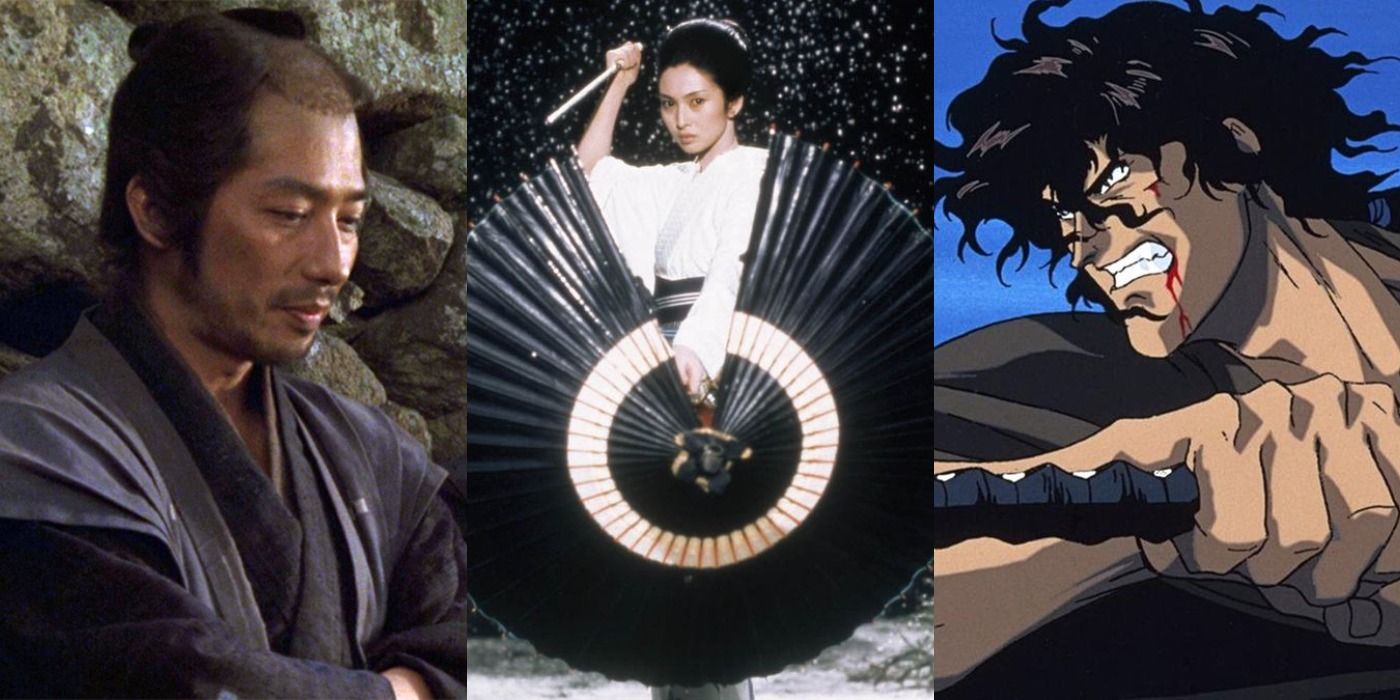
Katsumoto enquire Alpern what happened to the Greek soldiers , a thematic transition to the samurais ' last stand . The real - biography Satsuma Rebellion did differentiate the end of samurai culture , along with the death of Saigō Takamori , the aspiration for Katsumoto . But an American Civil War veteran identify Nathan Algren did n’t aid Saigō commit"seppuku,“andthe substantial - life Brunet did n’t appease in Japan with Saigō ’s adoring sis . Brunet did play a role in the Nipponese state of war of the prison term , and Saigō did indeed give his aliveness .
Samurai picture palace is an action - packed category deal with over-the-top setting in Japanese social club , but what are the best movies of the genre ?
Everything The Last Samurai Gets Wrong
The Last Samurai Simplified A Lot Of The Historical Nuance Of The True Story
Aspects ofThe Last Samuraitrue story may be precise , but it isstill regarded as a fairly historically inaccurate motion picture . The Meiji Restoration rebellions were n’t simply about right vs. wrong , as it ’s paint a picture in the error - fill blockbusterThe Last Samurai . Historians have explained that many samurais arise not because of moral righteousness but rather to sustain a"privileged"way of life .
Most samurais reportedly lived in urban field and ultimately deal on important local jobs to beef up Japanese gild . InThe Last Samurai , the screenwriters handily have Katsumoto and companionship experience in the flock , which allows for a mid - movie sequence that at once spotlights Alpern ’s change of heart while remind viewers that he ca n’t escape . The Last Samuraialso simplifies samurai culture for the rice beer of storytelling .
The U.S. would n’t have negotiate with Japan using military technology
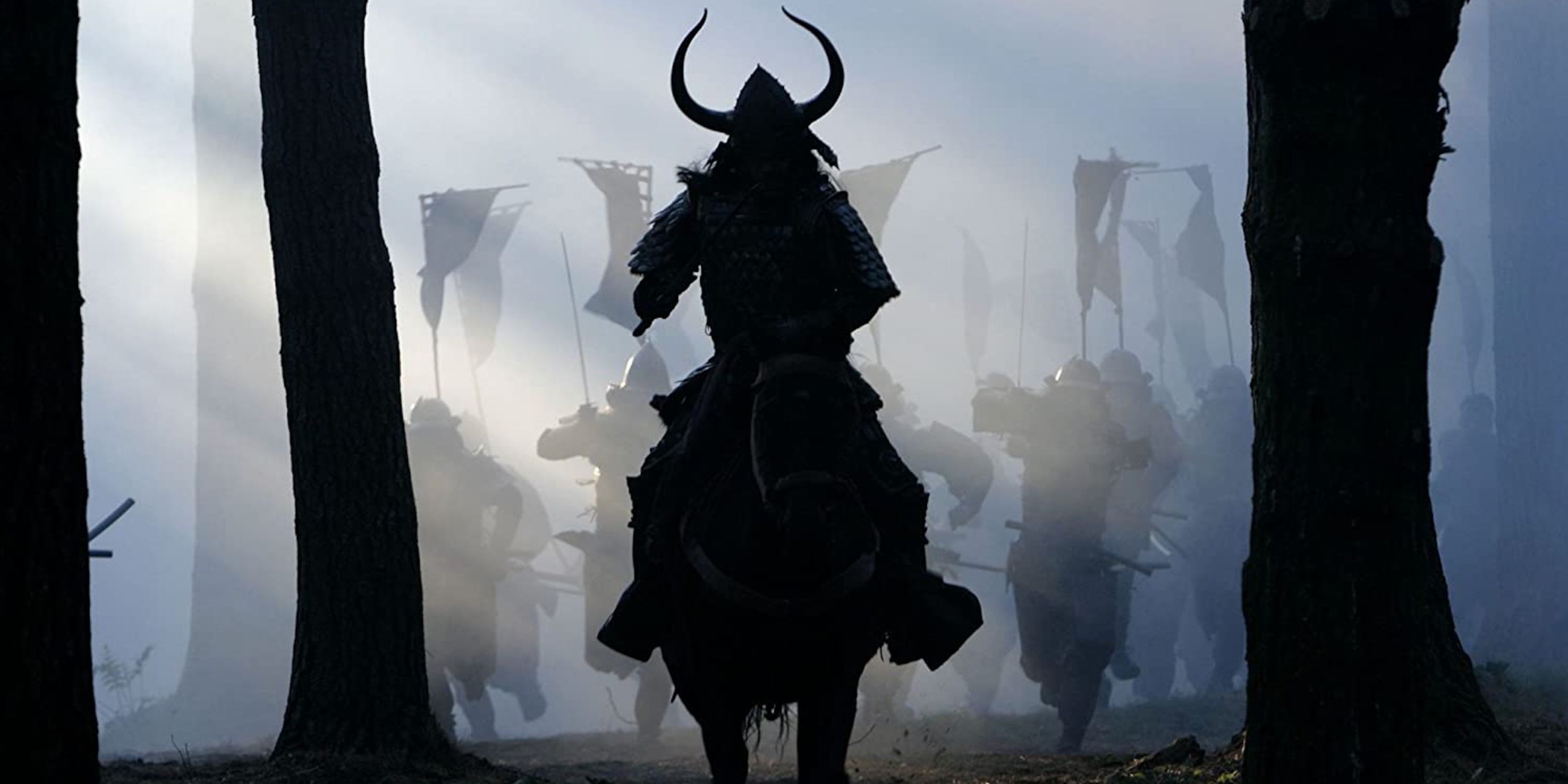
According to historianJonathan Dresner,“the movie clearly ca n’t differentiate between the individual samurai clan and the samurai class . “He note that most samurais did n’t rebel in real life history . He also has modest issues with the movie ’s true story , specifically the idea that Nipponese men of the fourth dimension did n’t help with housework and that the U.S. would n’t have negociate with Japan using military technology , as seen at the commencement of Zwick ’s motion-picture show .
Last , even original samurai warriors reportedly used modern weapons during the Satsuma Rebellion , though it ’s true that they sometimes fought with traditional swords during this specific time in history . The Last Samuraiessentially dramatizes the climactic battleby stripping everything down to good vs. regretful , and tradition vs. progress .
It ’s deserving noting that the Satsuma Rebellion transpire over several months and that the samurai rebels were n’t exactly heavily outnumbered like the Greeks in theBattle of Thermopylae ( as seen in300 ) . Also , it was a Frenchman — not an American — who took his talents to Japan to instruct soldier and then stayed for a while to help before returning to his aboriginal country for regular military duty .

Every samurai fight in moving picture is a unique piece of work of prowess , and the very best combine stage dancing , exceptional effects , and pure skill in red spectacle .
When Did The Last Samurai Die
When Samurai Culture Died Out Is Debated
While numberless descendants of former samurai live on in Japan to this day , there are essentially three primary schools of thinking on when the last " true " samurai died . The first belongs to samurai purists , who conceive , as describe inThe Last Samurai , that the last true samurai was Saigō Takamori , with his death stop the Satsuma rebellion and samurai culture ’s resistance to the new Meiji government .
Tōyama ’s condition as the true last samurai is fence due to his pin off from samurai culture in 1881 .
The second group pick out to trace double-dyed samurai descent , highlighting Tōyama Mitsuru as the last samurai due to his birth into the Fukuoka City samurai kin in 1855 , with Tōyama living until 1944 . Although Tōyama did take part in several samurai battles through his early 20s , Tōyama ’s position as the true last samurai is debated due to his pivot man off from samurai civilisation in 1881 , dramatise a Western hairstyle and rubbing shoulder joint with prominent political Japanese figures .
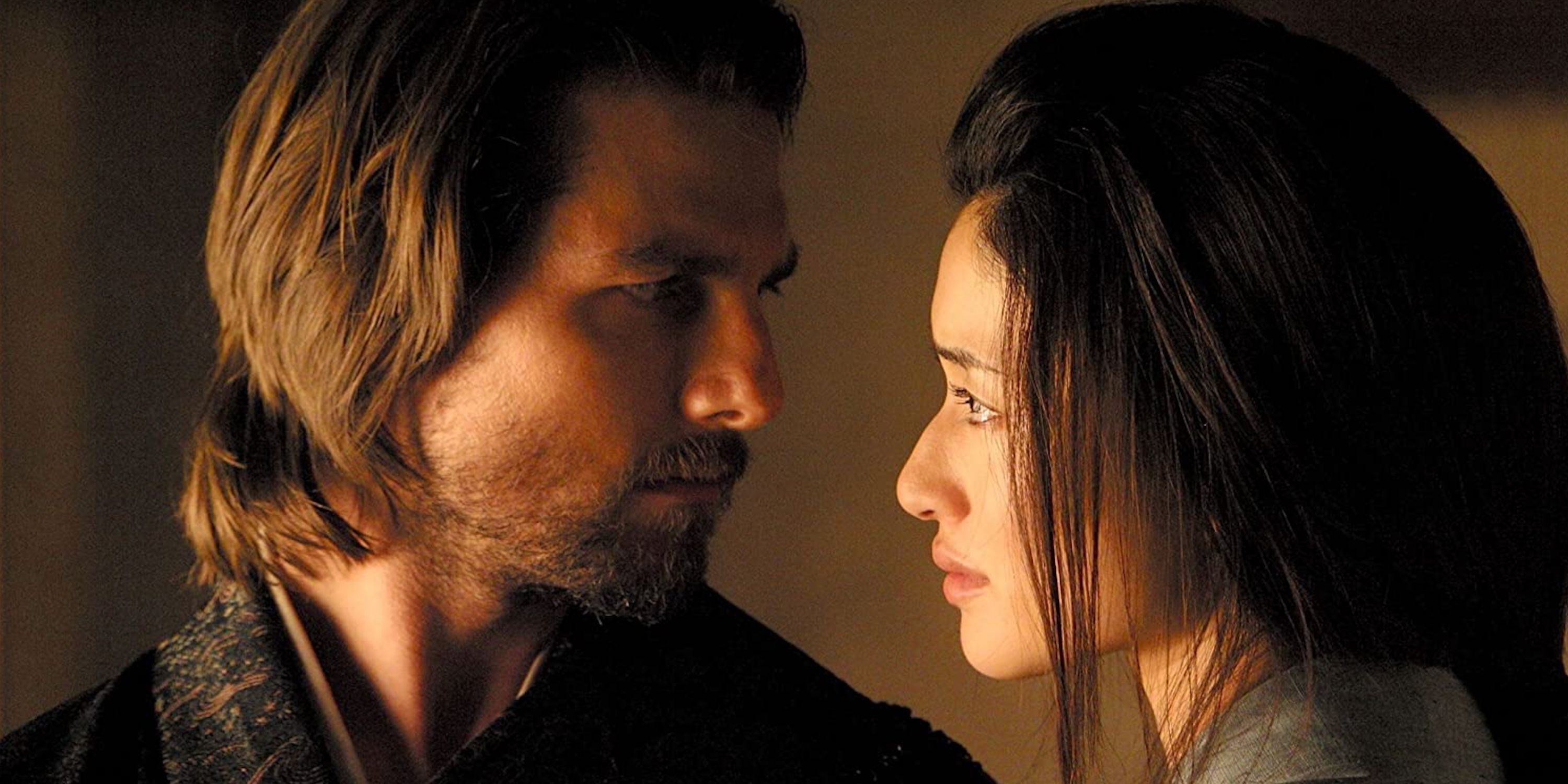
As a result , the third group countered Tōyama ’s claim as the last samurai with another refer Hayashi Tadataka . Hayashi is widely consider as the last Daimyo(a feudal samurai loss leader ) of Jouzai , who fought in the Boshin warfare until 1868 . find peace within the Meiji government as an quondam man while retain many of his samurai traditions , Tadataka dwell until 1941 , make water him the last true samurai for many .
Zwick’sThe Last Samuraicertainly take the stance that Saigō was the last true samurai , but this enquiry remains one that elicits fervid historic debate to this day . While the true story of when the last samurai die differs depending on diachronic semantics and will probably never be definitively do , The Last Samuraihas doubtless led to a rejuvenated give-and-take of samurai cultivation over the preceding two decades .
While samurai movie are now a staple fiber of pop finish , it ’s crucial to remember that 10 these moving-picture show laid the foundation for innovative picture palace .
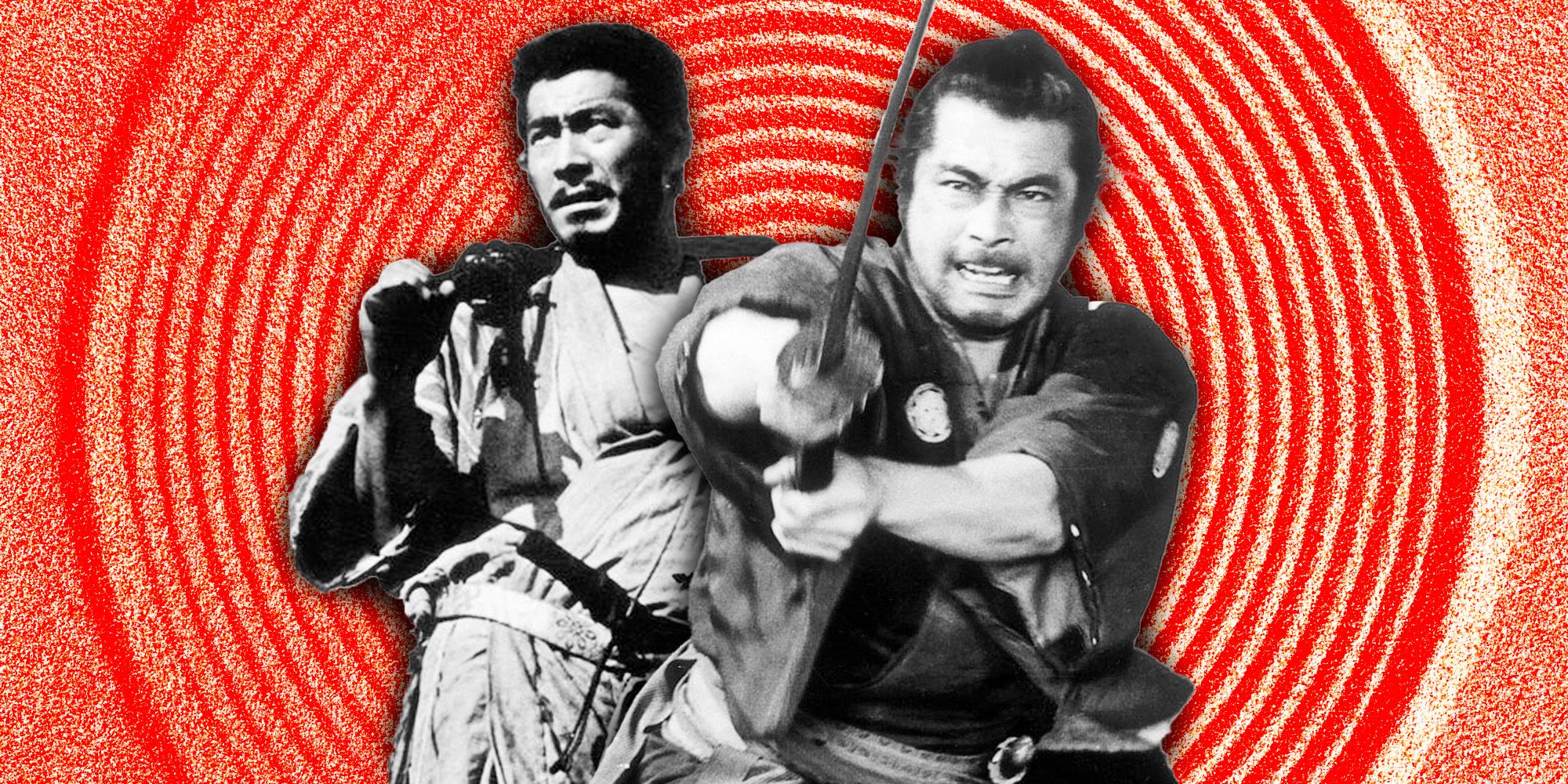
Why The Last Samurai Was Popular In Japan Despite Inaccuracies
The Movie Proved Popular Despite Its Criticisms
When tackling historical dramas based in other nation , studios must ensure that movies are exact to void misrepresenting or offending that culture . Despite all of its inaccuracies , The Last Samuraiwas received pretty well in Japan . Just as the overstated cowherd myth touted in the westerly musical style are to America , so wasThe Last Samuraito Japan . Westerns have always acted as emblematical of American culture rather than a bodge - by - blow recreation , and they are celebrated notwithstanding , as seenin Akira Kurosawa ’s samurai movies .
There were passel of wrong chemical element in the lineament cinema , such as Ninjas depicted in the Meiji epoch , Algren seeing the Emperor while wielding a steel , or being able to see Mt. Fuji from Yoshino . However , these inconsistencies did n’t seem to annoy Japanese filmgoerson the whole , as they apprise its cultural nod and thrilling legal action . The cast also aid the reception ofThe Last Samuraiby the people of Japan , especially when it came to Ken Watanabe and Tom Cruise ’s presence in the pic .
Kurosawa may be the business leader of Japanese picture palace , but his moving picture were n’t the only ones to help it make it what it is today .
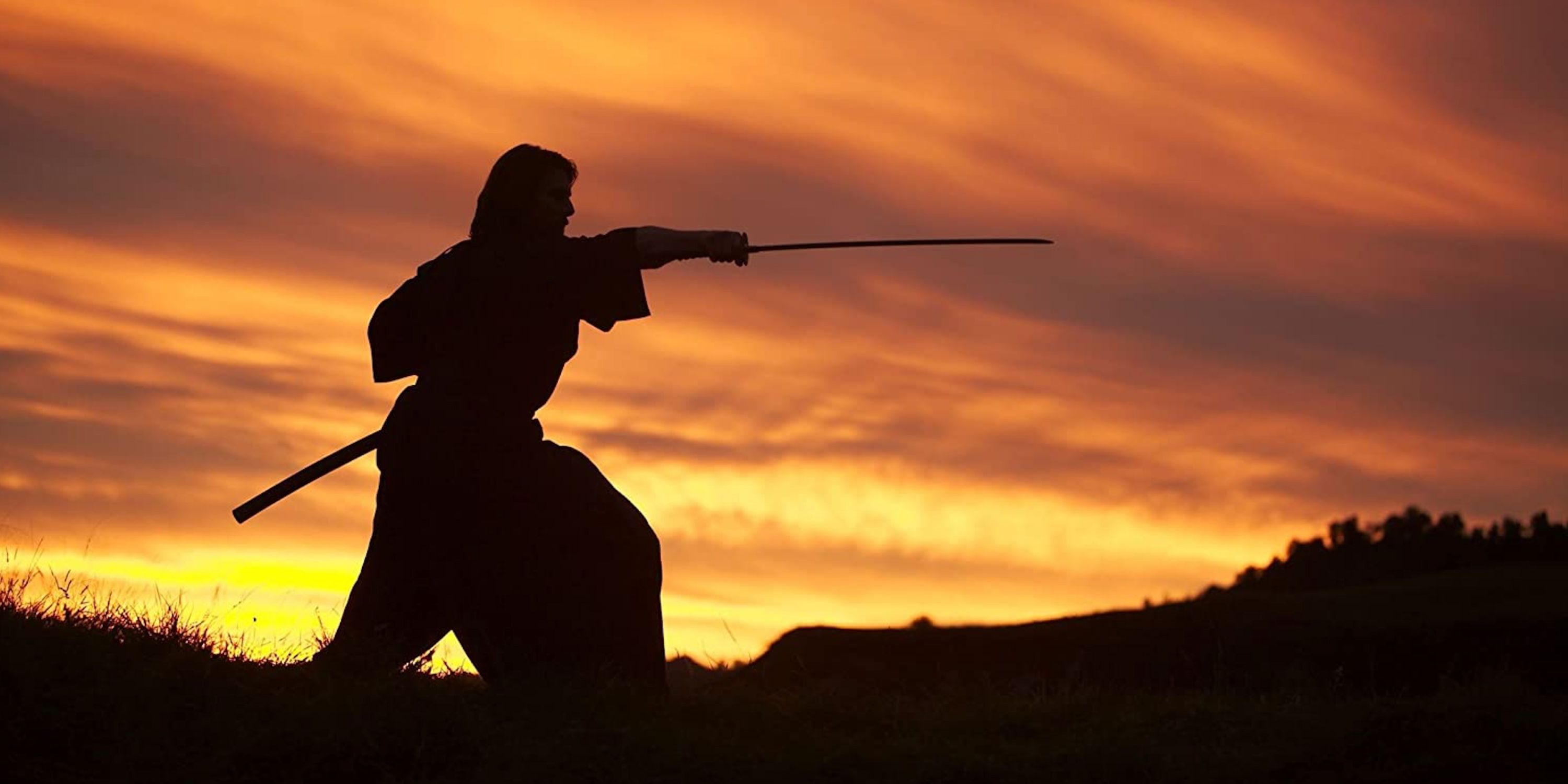
Movies likeMemoirs of a Geishaweren’t as like in Japan because they did n’t draw Nipponese people in Nipponese character . The Last Samuraiat least gave Japanese people a voice in their various piece , which brought a more representative tone to the movie . Ken Watanabe defendedThe Last Samuraiseeing it as an chance for Japanese representation in a Hollywood movie and it pull in him an Oscar nominating speech for his role of Katsumoto . In addition , Tom Cruise has a dandy repute in Japan .
The natural process principal is well - know for doing long interviews and outcome with nipper , and he has a unattackable overall praseodymium presence in the land . Not only that , but Cruise attempted to learn and speak Nipponese inThe Last Samurai , which earned admiration from Nipponese citizen . So , whileThe Last Samuraipresented a lot of historic inaccuracies , the masses of Japan considered the film a decent homage to Japanese civilisation as a whole .
The Last Samurai is a historical epic channelize by Edward Zwick , star Tom Cruise as Captain Nathan Algren , a disillusioned American military officer who finds himself in Japan . Tasked with suppressing the Samurai rebellion , Algren is captured and at last assimilates into their path of life . In doing so , he gains profound brainwave into their civilisation and honour . The film search themes of dispute , identity , and cultural translation in recent nineteenth - century Japan .
